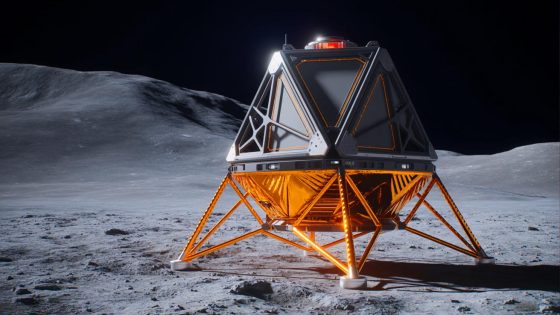A groundbreaking development in global technology has emerged with the realization of the Bille, a monostable tetrahedron that could reshape aerospace and robotics. Created by a professor-student team, this innovative geometric object always settles on the same face, providing unique stability. As of 2025-08-05 16:02:00, researchers are excited about its potential applications in space exploration and robotics.
- Bille is a monostable tetrahedron design.
- Combines carbon fiber and tungsten for stability.
- Enhances autonomous lander repositioning in space.
- Potential to improve robotics on rugged terrains.
- Challenges remain for scaling applications effectively.
- Represents fusion of theory and practical engineering.
The Bille’s lightweight design, combining carbon fiber and tungsten, allows it to autonomously reposition without mechanical assistance, addressing long-standing challenges in spacecraft and robotic systems. This advancement could lead to more reliable space missions and enhance the capabilities of robots in rugged terrains.
This innovation raises important questions about the future of engineering in extreme environments. Could Bille-inspired designs lead to breakthroughs in how we approach challenges in space and on Earth?
- Enhanced stability for spacecraft could reduce mission failures.
- Robots could operate more effectively in unpredictable environments.
- Reduced reliance on complex mechanical systems may lower costs.
- Potential applications span various industries beyond aerospace.
As research continues, the implications of the Bille could redefine our approach to engineering challenges. How will this shape the future of technology? The answers may lead US to new frontiers in innovation.

































